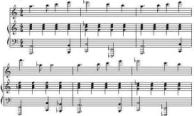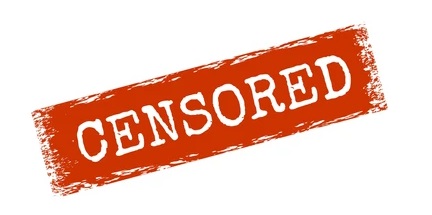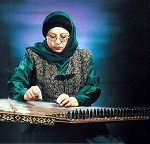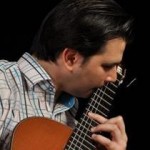
Translated by Mahboube Khalvati
Finding a way to harmonize the Iranian music has been the subject of controversy among Iranian musicians for a long time. Some believe in the creation of harmonies for Iranian music based on a method which is similar to the tierce harmony; while others have either selected or invented some other methods. There are also some musicians who do not basically agree with the harmonization of the Iranian music.
The third group often believes that Iranian urban music (or instrumental music) uses a modal system that, due to the low range of modes (less than an octave), does not allow the use of an eight-tone scale. Therefore, if we want to produce chords in a mode with four tones for example, we are forced to inevitably use chords with high beat rate due to short intervals. For this reason, they believe that we can use major and minor chords in major and minor modes that cover an octave. We cannot have broken or Shoushtari chords though. If these chords are composed on moderate intervals like Shoustari, the chord progression is unclear because of the high beat in this chord. Then, we will end up with only a few chords (with a high beat), and not a harmonic system like the tierce harmony (in which the chord progression are easy to identify).
If we choose not to introduce other harmonies like Morteza Hanneh’s even harmony, and suppose that the only way to harmonize the Iranian music is the tierce harmony, we must address an important contradiction which is very misleading:
1. In tierce harmony, we have more than 70 chords, with only two chords carrying the titles of the main major and minor modes without any prefixes and affixes. Here, we find that other chords are actually used for resonating and ambience-making purposes which are representatives of a particular mode.
2. The same two major and minor chords are actually titles, and in different functions of a scale, display different attributes beyond their original character which does not necessarily represent their name. Even these chords in the Iranian music can present themselves in some functions as Iranian modes.
3. In Western classical music, these chords only represent part of the characteristics of the mode, and sometimes these names do not have any relation to their modes. For example, the second interval of the minor, has no relation to the minor scale, or it is not known which type of a minor chord it represents.
Finally, there are two important points: firstly, there is no need for any tone in a mode (either Iranian or western) to have tones of that mode. In the Iranian music, we have examples of a lot of vakhans (pedals), based on tones other than tones of which the mode consist. It is also questionable to suppose that only chords should use the tones of one mode. Secondly, it is not always necessary for chords to appear as polyphonic; in classical Western harmony, we observe that sometimes chords are duo-phonic.








